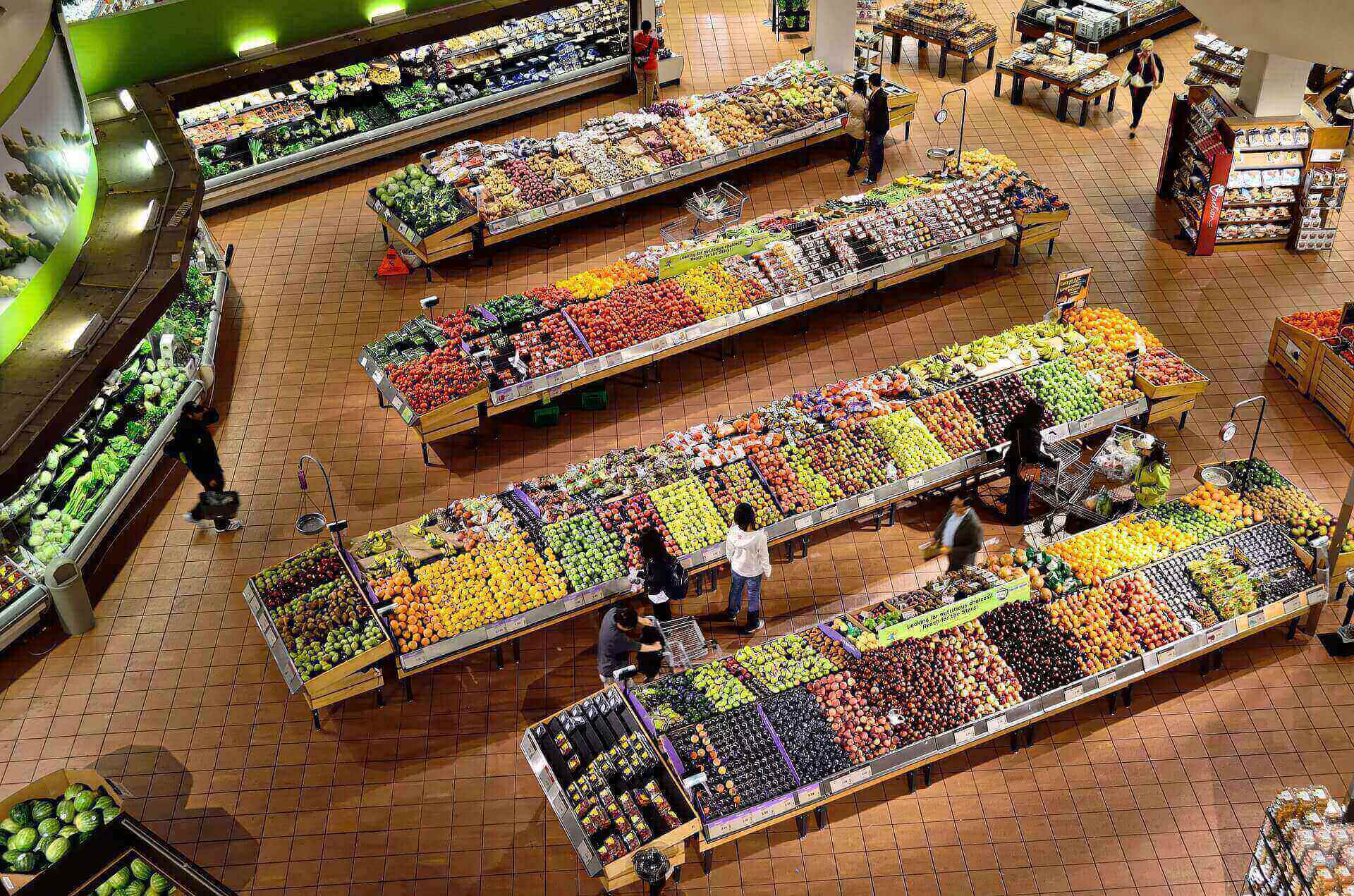Every small choice made about a grocery’s layout, style, and infrastructure can have large impacts on its bottom line. If you’re currently renovating your store’s lighting system or you’re planning systemic changes for a chain of grocery stores, LED lights might already be on your list to research further. Here are three key reasons why you should incorporate LED lights into your displays, especially as general lighting:
- LEDs don’t cause the same damage other lightbulbs do. Lightbulbs radiate heat, and that can be bad for business if those bulbs are too close to either a produce section or refrigerated goods. Raising the lighting tracks makes the heat less intense, but it also diffuses the lighting too much. Some bulbs also have UV or infrared light, and light at these frequencies can shorten the sellable lifespan of produce, as well as make displays and dyed goods fade.
- LEDs last a long time and stay consistently bright until the end of their lifespan. Traditional lights can dim over time, and that can put your storerooms and back stock areas out of OSHA compliance if regulations apply to your premises. But LEDs last up to 50,000 hours and provide consistently similar warmth, intensity, and color saturation until they need to be replaced. This means your store won’t have to spend on frequent replacements or pre-inspection lighting tests.
LEDs are the preferred light source for several different types of structures for several different reasons. Because grocery stores need to light a variety of conditions, from produce to frozen goods to points of sale, they need a solid basis for general lighting.





